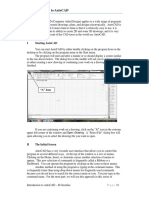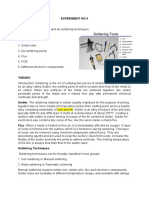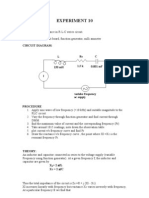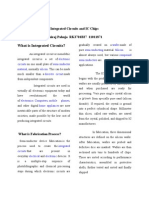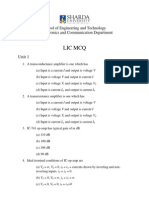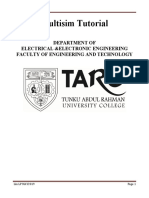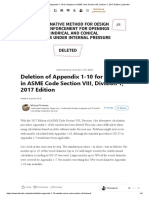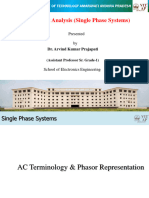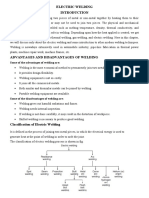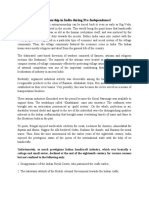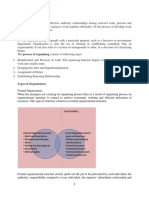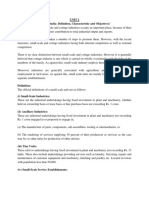Six Types of Electronic
Communication
Electronic communication dates back to the telegraph that used Morse code to send messages
long distances over wires. After that, the electronics industry added the wired telephone, the
wireless radio and television. Since then, the industry has exploded; consumers now share
information with each other anywhere, anytime and in ways that are as varied as we are.
Web Pages
World Wide Web users post content on websites for others to view. The content may be
simple text, but it might also contain multimedia files including images, sounds, videos
or streaming content. Unlike many other forms of electronic communication, most Web
content is pulled from the Web by users who are seeking information, rather than
pushed to subscribers. While not as permanent as traditional media like paper, Web
pages can archive information for extended periods.
Email
Email is a method originally intended to imitate physical mail. Messages are delivered
from one specific address to one or more specific addresses. Users are alerted to the
presence of new messages in their inboxes by email clients that display the content and
offer an opportunity to reply. Messages are primarily text but may include file
attachments of various types including images and short movies. Unlike instant
messages, emails are generally not expected to be read immediately upon receipt. Most
email readers keep track of conversations that include multiple people through the use
of threads. Thus email is ideally suited for long, involved conversations between two
people or among small groups of people.
�Forums
Conversations that go on indefinitely, involve large numbers of people or need to be
archived are not well suited to email. Forums, often hosted on the Web, provide an
alternative that combines many of the aspects of email and Web pages. They involve
discussions around a single, limited topic but can take place over months or years and
involve dozens or even hundreds of participants. Most use a treelike structure that
allows participants to jump in at whatever level their comments are most appropriate.
Text and Instant Messaging
Text messaging uses cellular airwaves and protocols to deliver textual messages from
one cellular phone to another or from one phone to a group of other phones. Text
messaging is usually intended as near-instant communication and can be quicker than
a phone call because the sender doesn't have to wait for the recipiant to answer before
delivering a message. Because text messaging is informal and easy, it's sometimes
called chatting. Text messaging can also facilitate private discussions when there is a
chance that a phone call could be overheard. Instant messaging is similar to text
messaging but is carried over the Internet rather than over cell phone airwaves.
Social Networking
Social networking sites facilitate communication among people with common interests
or affiliations. Sites such as Facebook and LinkedIn provide places for people to
interact, sometimes in real time. Microblogging services like Twitter, allow short textual
messages of no more than 140 characters to be broadcast to a large audience. Unlike
text messages, which are delivered to only small groups, microblog posts are intended
to be seen by all of a user's followers. Microblog users can repost messages that they
want to share with their own followers, so a microblog post can spread quickly. A widely
reposted message is called a viral post.
�Video Chat
Like instant messaging, most video chatting is conducted over Internet protocols that
stream images from one device to another. At times, nothing beats a face-to-face
conversation. Video chats provide an immediacy to a conversation. Because a person's
tone is often easier to read when you can see his face, businesses often use
videoconferencing to aid in virtual meetings.





